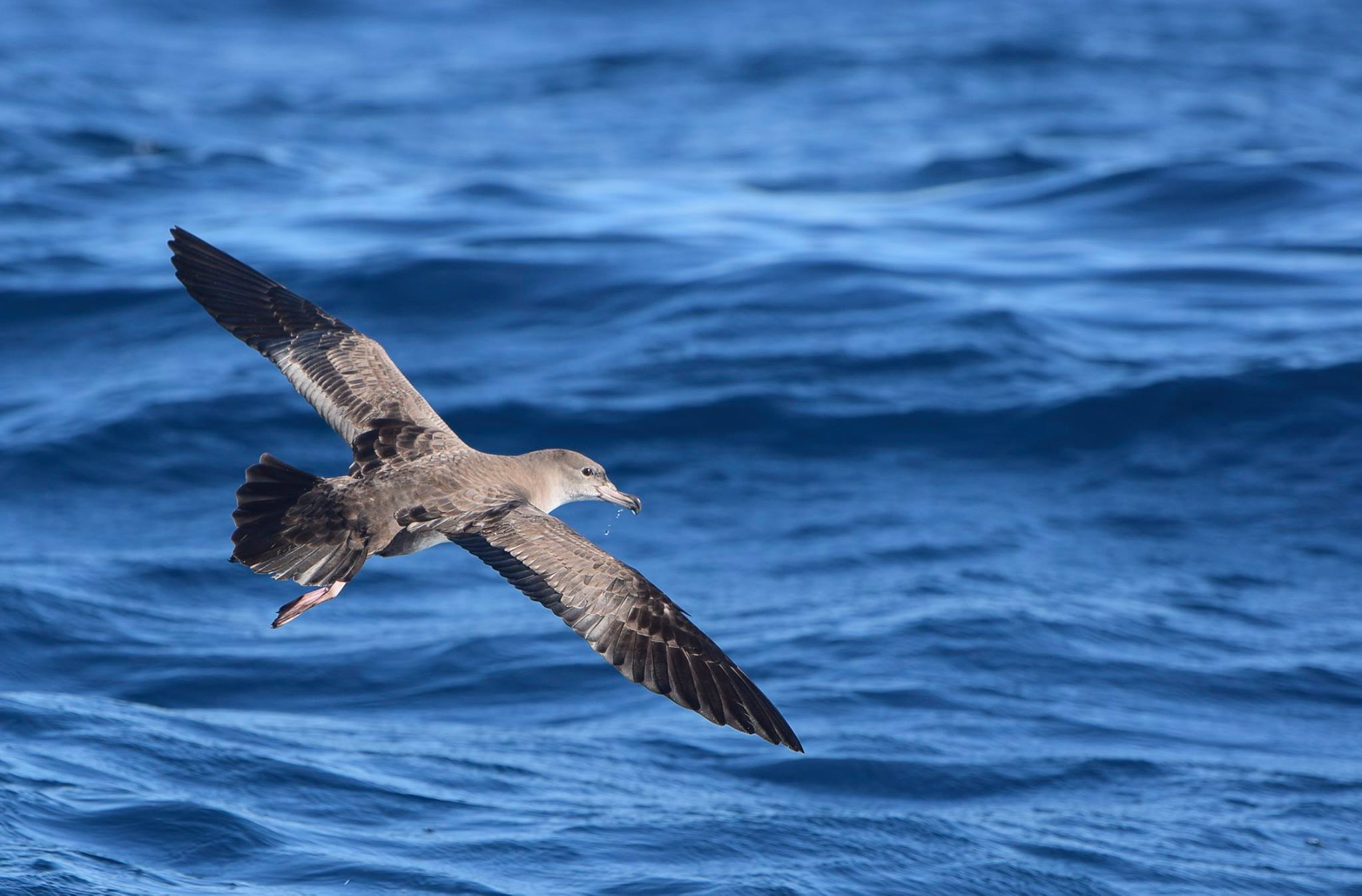Alessandra Bielli (Centre for Ecology and Conservation, University of Exeter, Penryn, Cornwall, UK) and colleagues have published in the journal Biological Conservation on using light emitting diodes (LEDs) to reduce bycatch of marine vertebrates, including ACAP-listed Pink footed Shearwaters Ardenna creatopus (Vulnerable) and White-chinned Petrels Procellaria aequinoctialis (Vulnerable) that get caught in Peruvian gill nets.
The paper’s abstract follows:
“Found in the coastal waters of all continents, gillnets are the largest component of small-scale fisheries for many countries. Numerous studies show that these fisheries often have high bycatch rates of threatened marine species such as sea turtles, small cetaceans and seabirds, resulting in possible population declines of these non-target groups. However, few solutions to reduce gillnet bycatch have been developed. Recent bycatch reduction technologies (BRTs) use sensory cues to alert non-target species to the presence of fishing gear. In this study we deployed light emitting diodes (LEDs) - a visual cue - on the floatlines of paired gillnets (control vs illuminated net) during 864 fishing sets on small-scale vessels departing from three Peruvian ports between 2015 and 2018. Bycatch probability per set for sea turtles, cetaceans and seabirds as well as catch per unit effort (CPUE) of target species were analysed for illuminated and control nets using a generalised linear mixed-effects model (GLMM). For illuminated nets, bycatch probability per set was reduced by up to 74.4 % for sea turtles and 70.8 % for small cetaceans in comparison to non-illuminated, control nets. For seabirds, nominal BPUEs decreased by 84.0 % in the presence of LEDs. Target species CPUE was not negatively affected by the presence of LEDs. This study highlights the efficacy of net illumination as a multi-taxa BRT for small-scale gillnet fisheries in Peru. These results are promising given the global ubiquity of small-scale net fisheries, the relatively low cost of LEDs and the current lack of alternate solutions to bycatch.”

Pink-footed Shearwater at sea, photograph from Oikonos
See also a popular report on the publication here.
With thanks to Joanna Alfaro and Jeffrey Mangel of ProDelphinus.
Reference:
Bielli, A., Alfaro-Shigueto, J., Doherty, P.D., Godley, B.J., Ortiz, C., Pasara, A., Wang, J.H., Mangel, J.C. 2019. An illuminating idea to reduce bycatch in the Peruvian small-scale gillnet fishery. Biological Conservation doi.org/10.1016/j.biocon.2019.108277.
John Cooper, ACAP Information Officer, 28 December 2019

 English
English  Français
Français  Español
Español